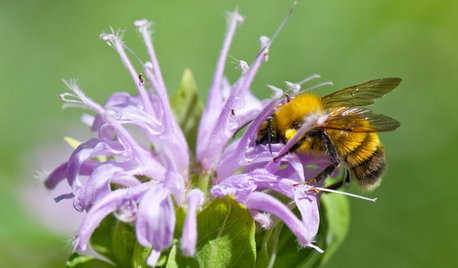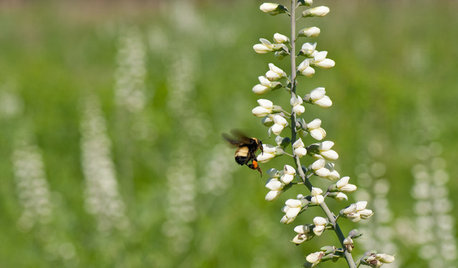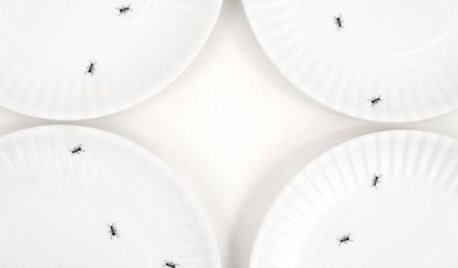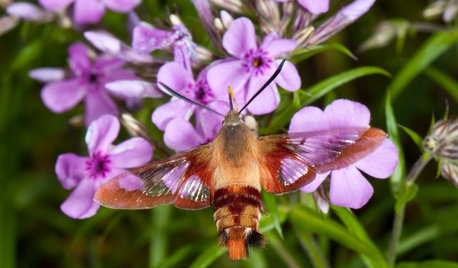How to move bumblebees?
gumby_ct
16 years ago
Related Stories

GARDENING GUIDESSupport Bumblebees by Providing Forage in 3 Seasons
Bumblebees are fascinating and fun to observe foraging in gardens. Find out how to create a buffet for these fuzzy, charismatic bees
Full Story
GARDENING GUIDESGreat Design Plant: Please Bumblebees by Planting Baptisia Lactea
Plant wild white indigo in central and southeastern U.S. gardens for its large white flower heads and early-spring interest
Full Story
GARDENING GUIDESGreat Design Plant: Dwarf Blue Indigo Offers Carefree Beauty
Drought tolerant and a bumblebee magnet, spiky Baptisia australis may be the easiest plant you ever grow
Full Story
FLOWERS AND PLANTSPlant Baptisia Bracteata for Blooms Pollinators Will Love
Longbract wild indigo is great in dry soil, and its spring flowers attract butterflies and bumblebees
Full Story
GARDENING FOR BUTTERFLIESGardening for the Bees, and Why It’s a Good Thing
When you discover how hard bees work for our food supply, you may never garden without them in mind again
Full Story
PRODUCT PICKSGuest Picks: Let the Ants Come Marching In
Catch the decorating bug — or maybe even a whole colony of ’em — with accessories sporting cute versions of crawly critters
Full Story
GARDENING GUIDESHummingbird or Moth? See Why You Want Clearwings Around
These fascinating moths may be helpful pollinators for your garden. Here’s how to coax them your way
Full Story
GARDENING GUIDESLessons in the Rewards of Selfless Gardening
Let go of gardening for your own vision and watch the garden’s own true vision come forth
Full Story
GARDENING FOR BUTTERFLIES3 Ways Native Plants Make Gardening So Much Better
You probably know about the lower maintenance. But native plants' other benefits go far beyond a little less watering and weeding
Full Story
FALL GARDENING20 Favorite Flowers for the Fall Landscape
Vivid blooms and striking shapes make these annuals and perennials a delight in autumn gardens
Full StorySponsored






herboil
thisbud4u
Related Professionals
Essex Landscape Architects & Landscape Designers · Havre de Grace Landscape Architects & Landscape Designers · Leawood Landscape Architects & Landscape Designers · Simi Valley Landscape Architects & Landscape Designers · Wheeling Landscape Architects & Landscape Designers · Aurora Landscape Contractors · Arlington Landscape Contractors · Fuquay-Varina Landscape Contractors · Homewood Landscape Contractors · Los Banos Landscape Contractors · Rockville Landscape Contractors · Smyrna Landscape Contractors · Tacoma Landscape Contractors · Vallejo Landscape Contractors · York Landscape Contractorseibren
gumby_ctOriginal Author
ccrb1
gumby_ctOriginal Author
deweymn
liv2sng
gumby_ctOriginal Author
Konrad___far_north
katdow
gumby_ctOriginal Author